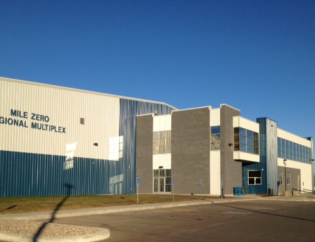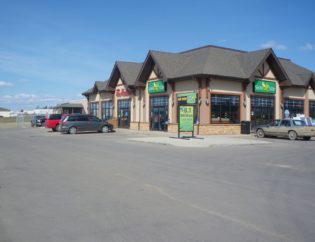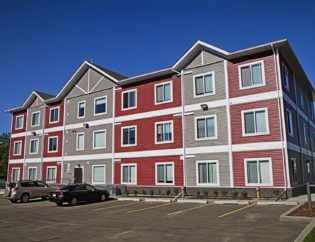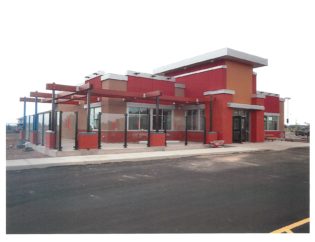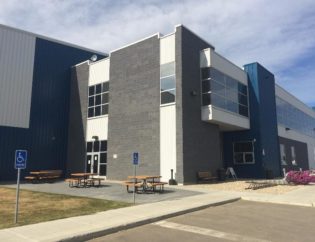
We recently constructed a modular growing facility for Alberta-based company, NutraPonics Corporation Canada. Established in 2010, NutraPonics is dedicated to developing and commercializing vertical farming utilizing aquaponics systems (growing plants in nutrient rich water instead of soil). NutraPonics’ scalable modular growing facilities are ideal food production centres for cities, remote communities, industrial camps, and commercial deployments: they can fit any production demand and grow with that demand; they are self-contained ecosystems that use less land, less energy, and less water than traditional farming; they are free from pesticides, herbicides, and chemical fertilizers; they reuse water; and, they achieve greater crop yields than traditional or hydroponic farming. Additionally, every NutraPonics modular growing facility is designed for compliant operation with Canada GAP (HACCP) and Global Food Safety Initiative (GFSI).
What is Vertical Farming?
By nature, vertical farming is high density and good for the environment. With a small carbon footprint – unlike traditional farming, vertical farming stacks crops – spreading up instead of out – and food production within a controlled environment, vertical farming facilities operate year-round. NutraPonics’ modular vertical farming facilities operate without environmental impacts such as drought, freezing, animal and bug infestations. They use artificial light (sometimes in combination with natural light), environmental controls (humidity, temperature, and gases), and aquaponics (live fish convert natural microbes into organic nutrients that the plants consume). Vertical farming systems utilize recirculated water and bio-filtration systems, recapturing 99.2% of water used.

What are the Benefits? .
In a world struggling with hunger, obesity, and the scarcity of farmable land, fresh water, and fertilizers, the construction of vertical farming facilities offers an innovative solution for healthful, sustainable, and environmentally friendly food production. According to the Association for Vertical Farming, a non-profit organization that promotes the advancement of vertical farming, the world’s human population will grow by 3 billion people over the next 35 years, meaning that our current agricultural footprint (already the size of South America) will need to expand significantly to accommodate our growth. Present agricultural practices are causing severe agricultural runoff and ocean acidification, fresh water scarcity (80% of the world’s fresh water is used in agriculture), substantial greenhouse gas emissions, and food waste.
Overall, vertical farming facilities like NutraPonics provide innumerable advantages to the world’s growing food problems: decreased agricultural runoff, crop production year round, reduced fresh water usage (98% less than open field agriculture), local and urban food production, green job creation, high yields and fast growth rates, and consistent availability of fresh produce. And in a northern climate like Alberta’s, vertical farming can offer fresh, local produce throughout the year, in addition to expanding the types of produce available. Not to mention that vertical farming facilities also allow damaged ecosystems the opportunity for restoration. Ultimately, vertical farming systems ensure food security and safety, create green jobs, protect the environment, and offer climate change resilience; Cormode & Dickson is proud to have constructed a NutraPonics facility in Alberta.


